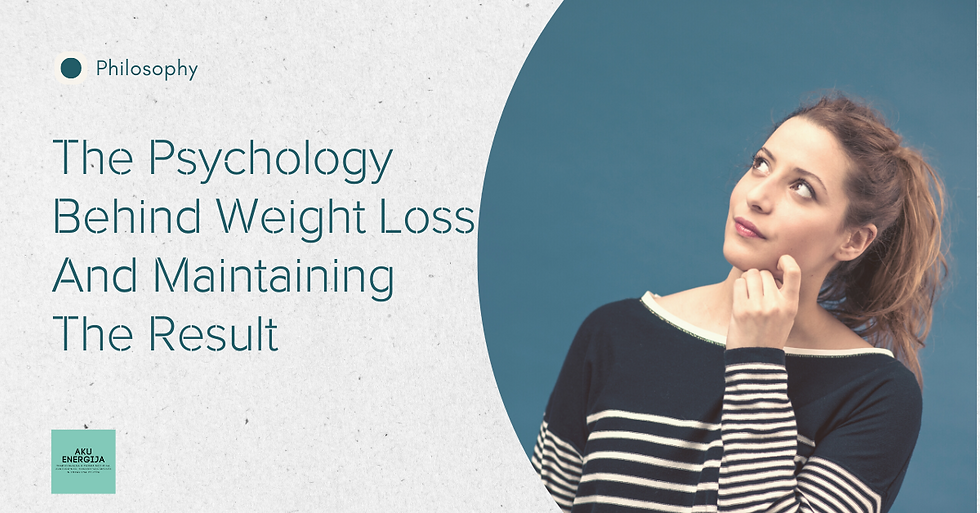Acupuncture Improves Athletic Performance
- Aku Energija
- Oct 16, 2024
- 3 min read
Acupuncture, used in traditional Chinese medicine for centuries, is gaining popularity as a means of pursuing improved athletic performance. When combined with conventional medicine therapy, acupuncture largely improves the effect of treatment for sports injuries.

The goal of most athletic acupuncture treatments is to increase one’s flexibility, circulation, and mental clarity. The acupuncture treatment will not replace an athlete’s warm-up, but rather, complement it.
Acupuncture PROMOTES RECOVERY
Recovery is the name of the game for successful training. Acupuncture relaxes and re-energizes your over-worked muscles and joints by stimulating cortisol: a natural anti-inflammatory hormone that your adrenal glands produce.
Acupuncture acts also by influencing muscle oxygenation [1].
Acupuncture significantly increases maximum performance capacity and performance at the anaerobic threshold. This translates as a functional improvement in the athletes haemodynamic and metabolic mechanisms [1].
Acupuncture creates a delay in sports related fatigue, by postponing the descending point of muscle strength [2][3][4].
Traditional acupuncture protocol allows an increase of muscular strength and power. In endurance activities, acupuncture treatment improved haemodynamic parameters [5].
Acupuncture PROVIDES HEALING for injuries
Acupuncture soothes compromised areas, injured muscles, bones, tendons, soft tissue and internal organs, by stimulating nerves and releasing natural chemicals that help relieve pain, like endorphins and serotonin. This opens restricted or obstructed paths where an injury has blocked the healthy flow of energy.
Acupuncture reduced pain in patients with plantar fasciitis [6].
Electroacupuncture had better therapeutic effects than medication, both in the short and long term, in patients with acute lumbar strain [7].
Acupuncture reduced NSAID intake and relieved pain in patients with shin splints [8].
Acupuncture reduced the pain of patellofemoral pain syndrome [9].
Acupuncture was effective for soft tissue disease [10].
[Read more: Acupuncture: An Overview of Scientific Evidence] [Read more: Know the Different Types of Acupuncture]
Acupuncture positively influences physical and psychological well-being
Although a certain level of competitive anxiety may increase performance, many athletes with anxiety experience uncontrolled negative feelings and cognition that in turn can have overwhelming effects on their performance.
Acupuncture reduces anxiety prior to competition [11].
Endocrine and immunologic markers evidenced the fact that acupuncture effectively affects the physical and mental well-being of athletes during competition [12].
Acupuncture contributes to the improvement of performance by positively changing the athlete’s subjective perception of muscle tension and fatigue [13].
Reference:
Kaneko Y, Kime R, Furuya E, Sakamoto A, Katsumura T. Effects of Acupuncture Stimulation on Muscle Tissue Oxygenation at Different Points. Adv Exp Med Biol. 2016;923:327‐333. doi:10.1007/978-3-319-38810-6_43
Benner S, Benner K. Verbesserung der Leistungsfähigkeit durch Akupunktur im Ausdauersport [Improved performance in endurance sports through acupuncture]. Sportverletz Sportschaden. 2010;24(3):140‐143. doi:10.1055/s-0029-1245406
Gao M, Yang HY, Liu TY, et al. Zhongguo Zhen Jiu. 2010;30(4):313‐317.
Medicine & Science in Sports & Exercise. 49(2):378–383, FEBRUARY 2017 DOI: 10.1249/MSS.0000000000001111
APA Ahmedov, Shahin Ergogenic Effect of Acupuncture in Sport and Exercise: A Brief Review, Journal of Strength and Conditioning Research: May 2010 - Volume 24 - Issue 5 - p 1421-1427 doi: 10.1519/JSC.0b013e3181d156b1
Zhang, Shi Ping et al. “Acupuncture treatment for plantar fasciitis: a randomized controlled trial with six months follow-up.” Evidence-based complementary and alternative medicine : eCAM vol. 2011 (2011): 154108. doi:10.1093/ecam/nep186
Yao-chi W, Bi-meng Z, Chong-miao W, Jun-feng Z, Ping S, Liu GZ. Zhongguo Zhen Jiu. 2007;27(1):3‐5.
Callison, Matt. "Acupuncture & tibial stress syndrome (shin splints)." The Journal of Chinese Medicine, no. 70, 2002, p. 24+. Gale OneFile: Health and Medicine
Jensen R, Gøthesen O, Liseth K, Baerheim A. Acupuncture treatment of patellofemoral pain syndrome. J Altern Complement Med. 1999;5(6):521‐527. doi:10.1089/acm.1999.5.521
Yuan CX, Xing JH, Yan CY. Observations on clinical therapeutic effect in treating soft tissue injuries by acupuncture, with pain threshold and electromyography as parameters. J Tradit Chin Med. 1989;9(1):40‐44.
Journal of Complementary and Integrative Medicine, Volume 14, Issue 1, 20150085, eISSN 1553-3840, DOI: https://doi.org/10.1515/jcim-2015-0085
Medicine & Science in Sports & Exercise. 35(8):1296-1302, AUGUST 2003 DOI: 10.1249/01.MSS.0000078934.07213.25
Clinical Journal of Sport Medicine. 18(1):76-80, JANUARY 2008 DOI: 10.1097/JSM.0b013e31815ed6a9







Comments